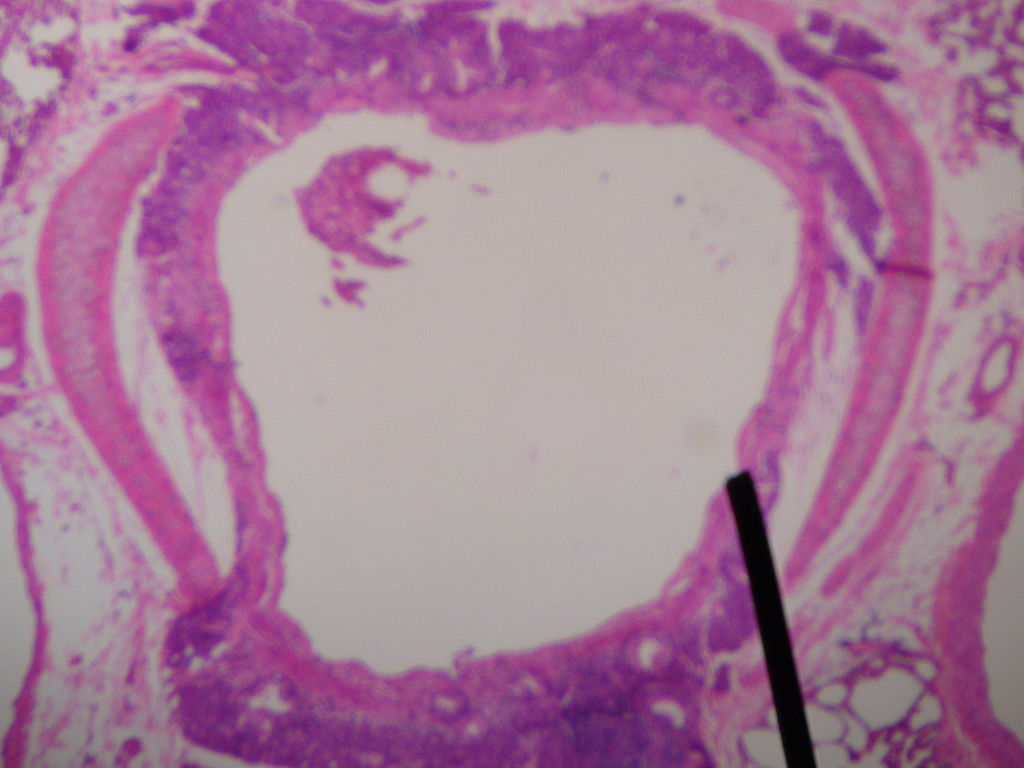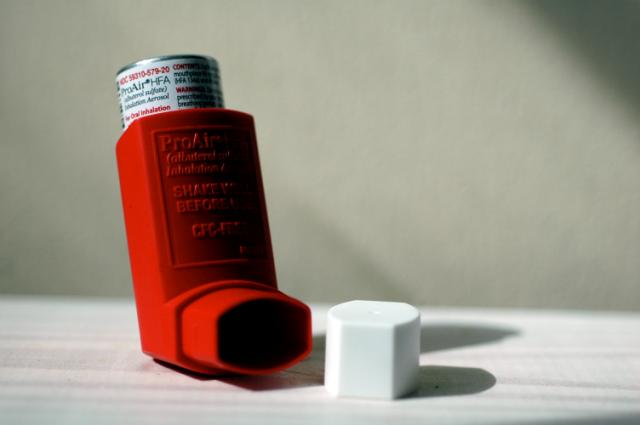Playlist
Show Playlist
Hide Playlist
Dyspnea: Definition
-
Slides OverviewOnDyspnea RespiratoryPathology.pdf
-
Reference List Pathology.pdf
-
Download Lecture Overview
00:01 Okay, definition of dyspnoea. What does dyspnoea mean to you? It means shortness of breath. 00:06 What's causing this? Well, it could be two things. Meaning to say, it could be two pathogenesis. 00:10 One, it could be the fact that maybe the patient does have some type of infection. Maybe some type of fibrosis has taken place with the lung itself. Primary lung problem will be an issue. And with the primary lung problem, for example if it is emphysema even, then understand that at this point, the type of edema that the patient is going to develop is going to be of pulmonary origin. And if it is a pulmonary origin such as infections, such as emphysema, would you tell me the common denominator in both of these conditions that are pulmonary? What kind of inflammatory cells might you be bringing in? Phagocytic cells. 00:45 Maybe these are neutrophils. Interesting. So from immunology, you have had the discussion of inflammation, haven’t you? And give me some of those cardinal signs of inflammation Rubor, calor, tumor, dolor, functio, laesa. Rubor, calor, tumor, give me those three in Latin. 01:02 Rubor, redness, tumor, swelling, calor, heat, think burning calories, clear? Now, so those are the three that I am referring to right now. What does that mean? It means the blood vessel underwent vasodilatation. What was my the metabolite? What was responsible for this vasodilation? Histamine. What am I trying to get at? When you have pulmonary type of origin disease or pulmonary pathology and you have things like emphysema with smoking and you also have issue such as infections, then understand that they have increased capillary permeability. Interesting. So, if you have increased capillary permeability, is it possible that you might get protein into your interstitium? Sure. It is protein rich. Good. So therefore, what kind of edema? Exudate. Good. What if there was a type of pulmonary edema that was cardiogenic. Are we clear now? If it's cardiogenic, left-sided heart failure, clear? Back up, left ventricle, left atrium, pulmonary veins what you have increased? Hydrostatic pressure. What is this? Protein poor. So, you have a type of edema that is transudate. So, as you know, pulmonary edema could result in a dyspnoea, but there are many issues or many etiologies of dyspnoea. I have just given you some common ones that you want to keep in mind with edema being a cause of dyspnoea. 02:25 Let's continue. 02:26 So, with the shortness of breath, what happens? Well, now, once again, you want to be familiar with terminology. We are going to hold on to carbon dioxide. And so therefore, this is referred to, now the same thing. Some of you might have heard of this being capnia and some of you might have heard of it as being carbia. For all intent and purposes, you as a clinician, will be using this interchangeably. So, if you have a dyspnoea, and then maybe perhaps you are holding onto carbon dioxide? Sure, you are not blowing it off, are you? Good. If you are going to increase carbon dioxide in your plasma, then what is this called clinically? Respiratory acidosis. This is called hypercarbia. Go one step further, from physio, give me the average carbon dioxide in its normal level. You can use 40, you are in good shape. Okay. 40 is normal. So you tell me, the patient is not breathing properly. 03:23 He is not blowing off carbon dioxide. Clinically, we describe this being hypercarbia, which means that your carbon dioxide levels have increased. Maintain composure at all times, it's a lot of information. And it's just a nice little story line that always takes place. 03:40 Respiratory acidosis, dyspnoea. What else? Well, maybe if there is dyspnoea, could there be hypoxia? In fact, by definition, when you have respiratory failure, there are two types. Type 1 or type 2. Type 1 or type 2 will both have a decreased in oxygen, hypoxia. 03:59 Not good. And the magic number that you want to know here for partial pressure of oxygen is 60 mmHg. Really? May I ask you something? Would you please tell me what the normal amount of oxygen should be with partial pressure in the systemic arteries? What is a systemic artery? Give yourself one big example. Aorta. What is your PaO2 in your aorta? PO2 of 100, correct? So, by the time you go into the venous side, what is your PO2? Your PO2 has now dropped down to approximately 40, hasn’t it? So, by definition, if you are hypoxic and then you find your PO2 dropping below 60 mmHg, just keep in mind maybe hypoxia has set in. 04:47 Where? On the arterial side. What is normal? 100. The fact that you are finding 60 on the arterial side is a problem. I don’t want you to confuse that. Remember, when you do an ABG, what’s an ABG? That’s you're responsible for doing. Arterial blood gas, not venous blood gas. 05:07 So you are measuring the oxygen arterial side, so what's your oxygen there? Should be normally hovering around 95-100. 60 is a problem. More commonly, dyspnoea occurs independent of a gas exchange abnormality. We will talk about other issues here. Now, the control center.
About the Lecture
The lecture Dyspnea: Definition by Carlo Raj, MD is from the course Introduction to Pulmonary Pathology.
Included Quiz Questions
Which of the following is true about an exudative inflammation?
- Protein rich
- Specific gravity less than 1.012
- Presence of RBCs
- Increased hydrostatic pressure
- Decreased oncotic pressure
Which of the following contributes to respiratory acidosis?
- Hypercarbia
- Tachypnea
- Pulmonary edema
- Hypoxia
- Metabolic compensation
What is the partial pressure of oxygen in the arterial blood in hypoxia?
- 60 mmHg or below
- 106 mmHg
- 600 mmHg
- 100 mmHg
- 1000 mmHg
Customer reviews
5,0 of 5 stars
| 5 Stars |
|
5 |
| 4 Stars |
|
0 |
| 3 Stars |
|
0 |
| 2 Stars |
|
0 |
| 1 Star |
|
0 |







